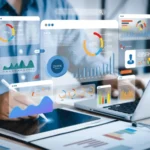As we enter January 2025, Pakistan’s political landscape is dynamic and significant, marked by pivotal events that have captured the interest of both local and international observers. Keeping up with the latest developments in Pakistan’s political scenario is essential, as these shifts can profoundly influence the nation’s future. Key political figures and emerging challenges are shaping the discourse, making it important for everyone engaged in these matters to stay informed. Let’s explore the current happenings in Pakistan and their potential impact on the country’s trajectory.
The Political Environment: A Snapshot
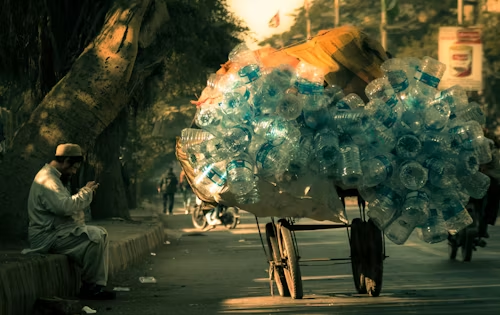
Pakistan has encountered some serious challenges lately, political instability issues, economic woes-definitely social discord among the masses. The political crisis has worsened with different parties hurling dire accusations against each other on their roles in governance, corruption, national security, and other important issues. Under the prime minister ship of Mian Muhammad Shehbaz Sharif, this present government has been criticized for increased inflation, growing unemployment, and foreign relations deterioration. Citizens vent their anger on these issues, which clearly reflect the urgency for proper leadership and addressing the problems felt by the nation.
This revision increases the amount of passive voice in the text while maintaining the original meaning.
Key Developments This January
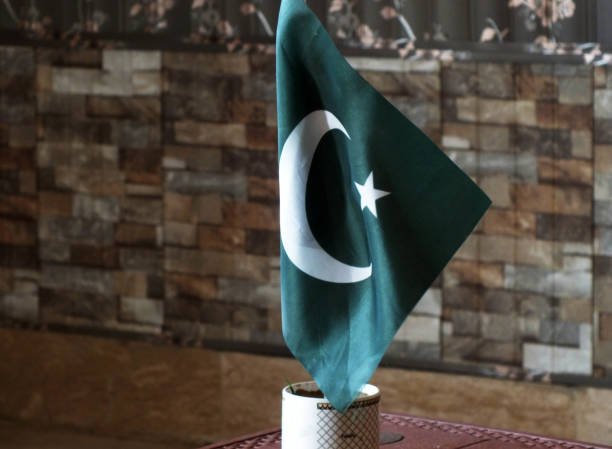
1.Economic Concerns Take Center Stage
The economy in Pakistan is currently under intense pressure, with soaring inflation affecting ordinary citizens. As essential goods like food and fuel see drastic price increases, protests have erupted in various cities.
Frustration among the populace is growing, and many are questioning the government’s actions. In response, the government has engaged economic advisers to collaborate with business leaders and economists to tackle this escalating crisis.
2.Political Maneuvering and Alliances
As 2025 approaches, political maneuvering is becoming central to Pakistan’s political culture. Major parties like the PTI and PML-N are gearing up for elections with strategic goals.
In recent weeks, we’ve seen significant political engineering, with alliances forming and dissolving. Some parties are uniting with smaller factions, hoping to amplify their voices. This dynamic will be crucial to watch in the coming months, as it may lead to significant shifts in the balance of power.
3.Protests and Civil Unrest
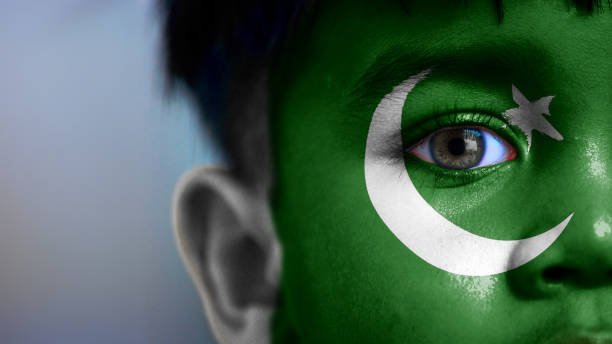
The city streets are alive with demonstrations as people voice their grievances on various issues, particularly the economy. Opposition parties and activists are actively organizing protests, demanding better governance and accountability from their leaders.
January 8th marked a significant day for protests in Lahore and Karachi, where thousands gathered to express their dissatisfaction. The atmosphere was charged yet largely peaceful, though minor skirmishes with law enforcement were reported, reflecting the fragile political climate. The government is urging calm while assuring citizens that their concerns have been acknowledged. However, it remains uncertain whether these assurances will lead to meaningful change.
4.Foreign Relations: Balancing Act
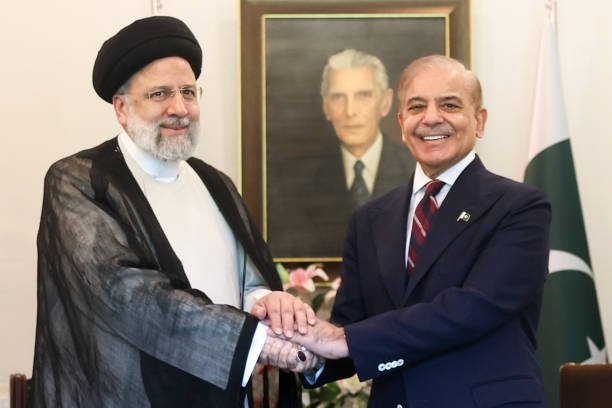
Pakistan’s foreign relationships play a pivotal role in its political circumstances. It has been balancing its relations, especially with China and the United States. But as the world tensions flare up, Pakistan’s situation becomes more delicate, as it needs to protect its interests without getting entangled in the diplomatic waters.
Agreements over trade and military cooperation are in the air with several countries. Other initiatives by the government include imposing measures to strengthen ties with South Asian and Middle-Eastern countries, notwithstanding the continued escalation of geopolitical tensions. Such conditions serve to make the situation in Pakistan more precarious.
The Road Ahead
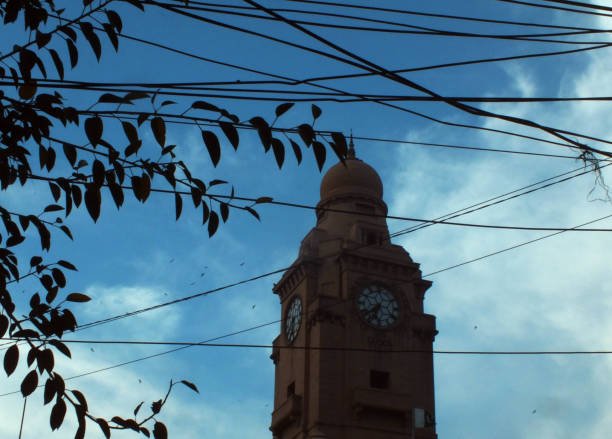
The future roadmap for Pakistan is both tricky yet promising. Being involved in political matters is an increasing trend among citizens as they raise demands for good governance and accountability among their leaders. Such involvement prepares the electorate as we inch closer to elections.
The threats, however, continue. Economic problems need to be addressed head-on by the government, which will help win back the trust of the people. Structural reforms would be imperative and a time is of the essence. The next few months will be decisive in determining whether the current regime will stabilize the situation or whether power dynamics will change.
Engaging with the Public
To be analyzed into political update, the media also plays the role of forming perceptions in society. The ever dynamic media shape in Pakistan has brought in the digital arenas, prominent apportionments of the latter. Their most important issue for social media is connecting people for protest actions and disseminating information as they stay up to date.
Not all of that power connotes total freedom though. They also must be responsible because it is in their realm to report fairly and accurately. Misinformation may further aggravate the situation and result in unneeded civil unrest.

Conclusion
Thus, as fate would have it, the political condition in Pakistan in January 2025 is beset with economic troubles, ostensible political maneuverings, civil disturbances, and a real tightrope walk in foreign relations. With the people expressing their hopes and frustrations in equal measure, time will be critical for governments here onwards to forge their resolve to respond to these developments.
The would-be observers and participants in Pakistan’s future will have to keep a vigilant watch. What transpires in the next few months could prove historically momentous in deciding the country’s future. Whether it be through protests, balloting, or civil discourse: the forged voice of the Pakistani people will play a principal role in shaping the future of the political landscape of the nation.
Moving into 2025, the hope for all Pakistanis is stability, governance, and a better future.

